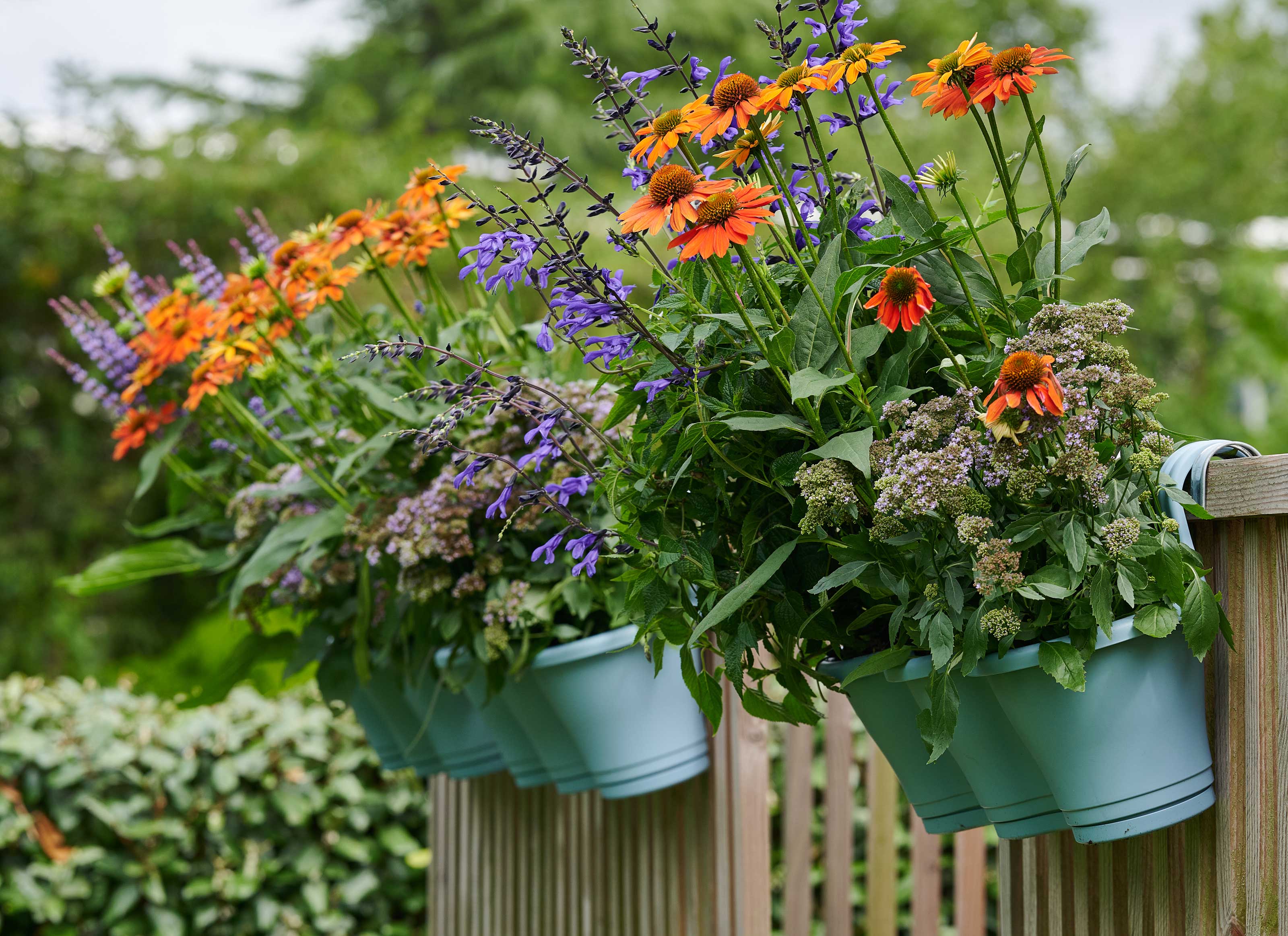
If you're new to the gardening game, you'll want to know which flowers are best for beginners. There's no point diving straight into exotic blooms or trying your hand at hard to raise varieties until you've mastered the basics, but spring is the perfect time to get those initial foundations under your belt.
Now that sunnier weather and longer days are finally with us you might be looking to spend more time in your backyard, and there's a chance that involves gardening. Even if you're not especially green-thumbed, growing your own flowers is simple if you know where to start.
The best flowers for beginner gardeners
With the help of some expert gardeners, we've listed the 7 best options for beginners, all of which can be planted in your backyard right now for beautiful blooms later in the year.
1. Marigolds
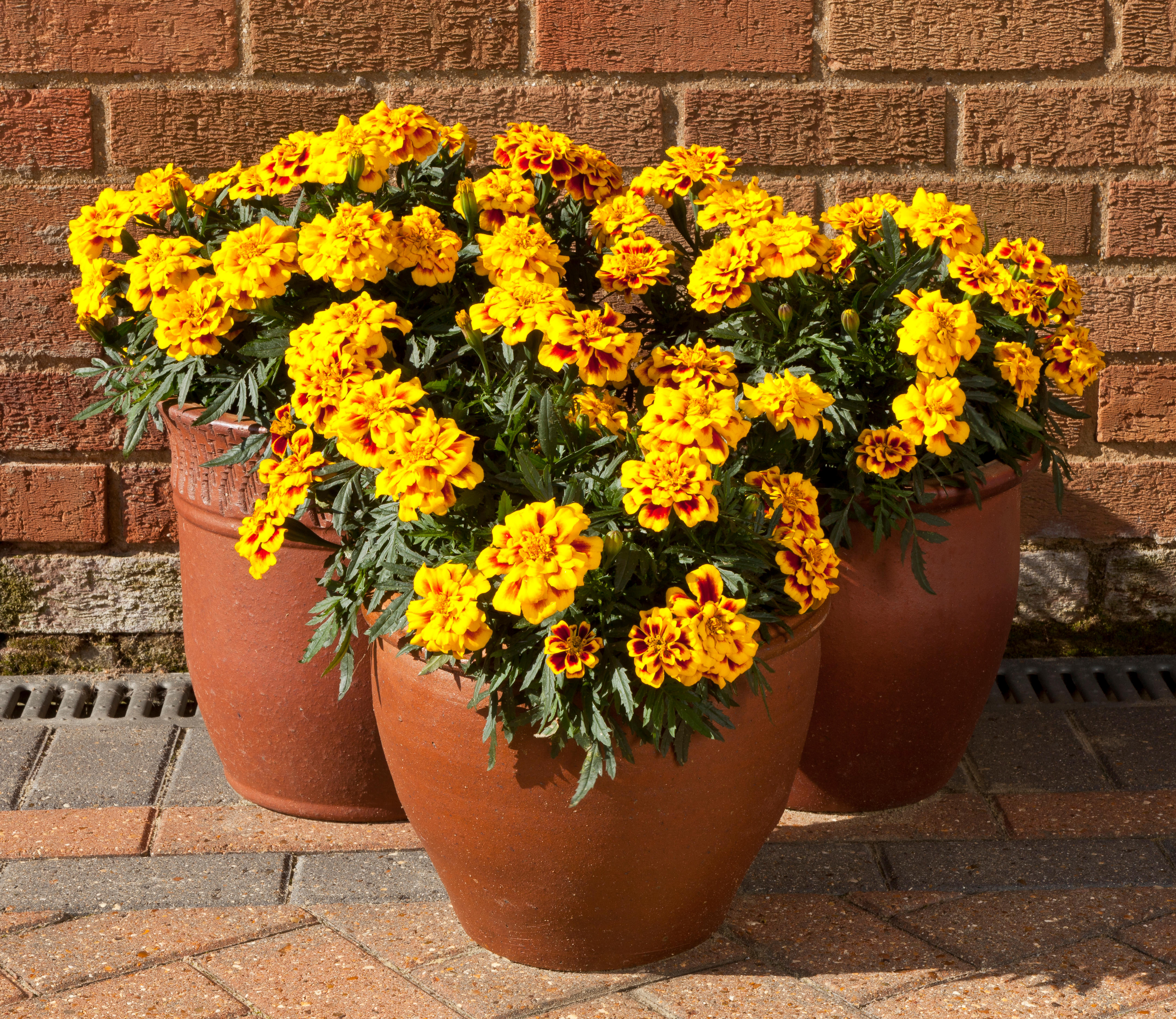
If you want to get started with planting some bright and cheery flowers in your backyard, marigolds are a great place to start. 'These cheerful flowers come in various warm colors, are easy to grow from seed, and thrive in full sun,' explains Diana Cox, a horticultural expert at The Gardening Talk. 'They're also great for attracting beneficial insects to the garden for wildlife gardening.'
According to Richa Kedia, gardening expert and blogger at The Nursery Lady, marigolds are also low-maintenance plants that are resistant to pests and diseases, making them really useful for beginners. 'They can tolerate a wide range of soil conditions but prefer full sun,' she says. 'Simply sow the seeds directly in the garden in spring or early summer after the last frost. Water regularly and remember to deadhead the flowers to encourage more blooms. You can also pinch back the plants when they're young to promote bushier growth.'
2. Sunflowers
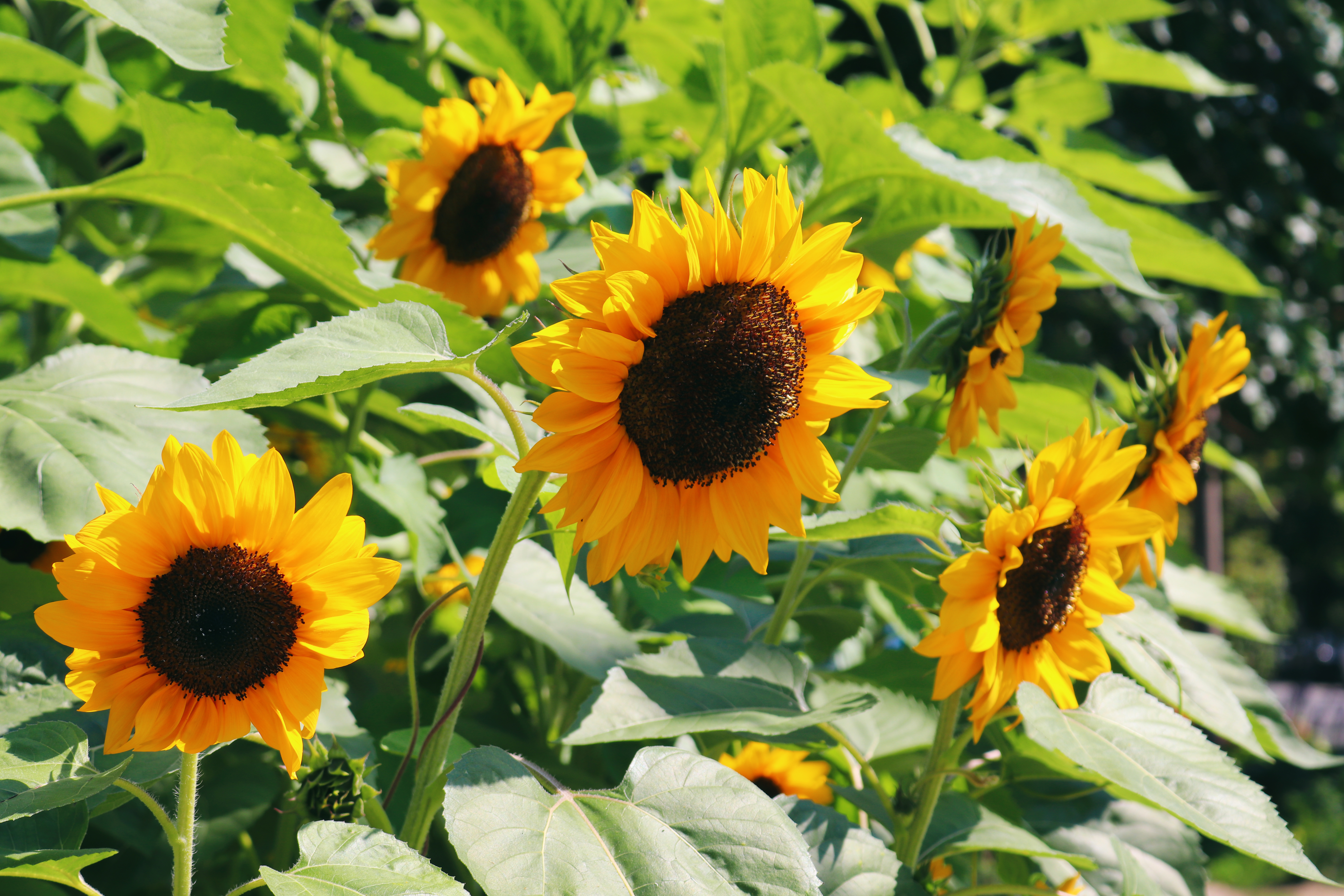
Sunflowers are loved by all for their bright yellow petals and tall, elegant stems, often towering over other plants in the garden. If you prefer though, you can also buy bushier varieties that are better suited to container gardening.
'Sunflowers are an easy-to-grow and low-maintenance plant, but they do require regular watering and staking,' says Reese L Robins, gardening expert at Just Pure Gardening. 'They have bright, cheerful flowers that can grow to impressive heights, adding a dramatic focal point to a garden.'
These hardy flowers will grow well in a variety of soil types, making them suitable for most growing zones. To plant them, add the seeds directly to your soil in late spring or early summer, after the last frost. 'Alternatively, you can start seeds indoors 2-3 weeks before the last frost date (around now for many climates) and then transplant them outdoors once they have grown,' says Richa. 'Water them regularly, especially during dry spells, and provide support for taller stalks, such as a stake or trellis.'
3. Nasturtium
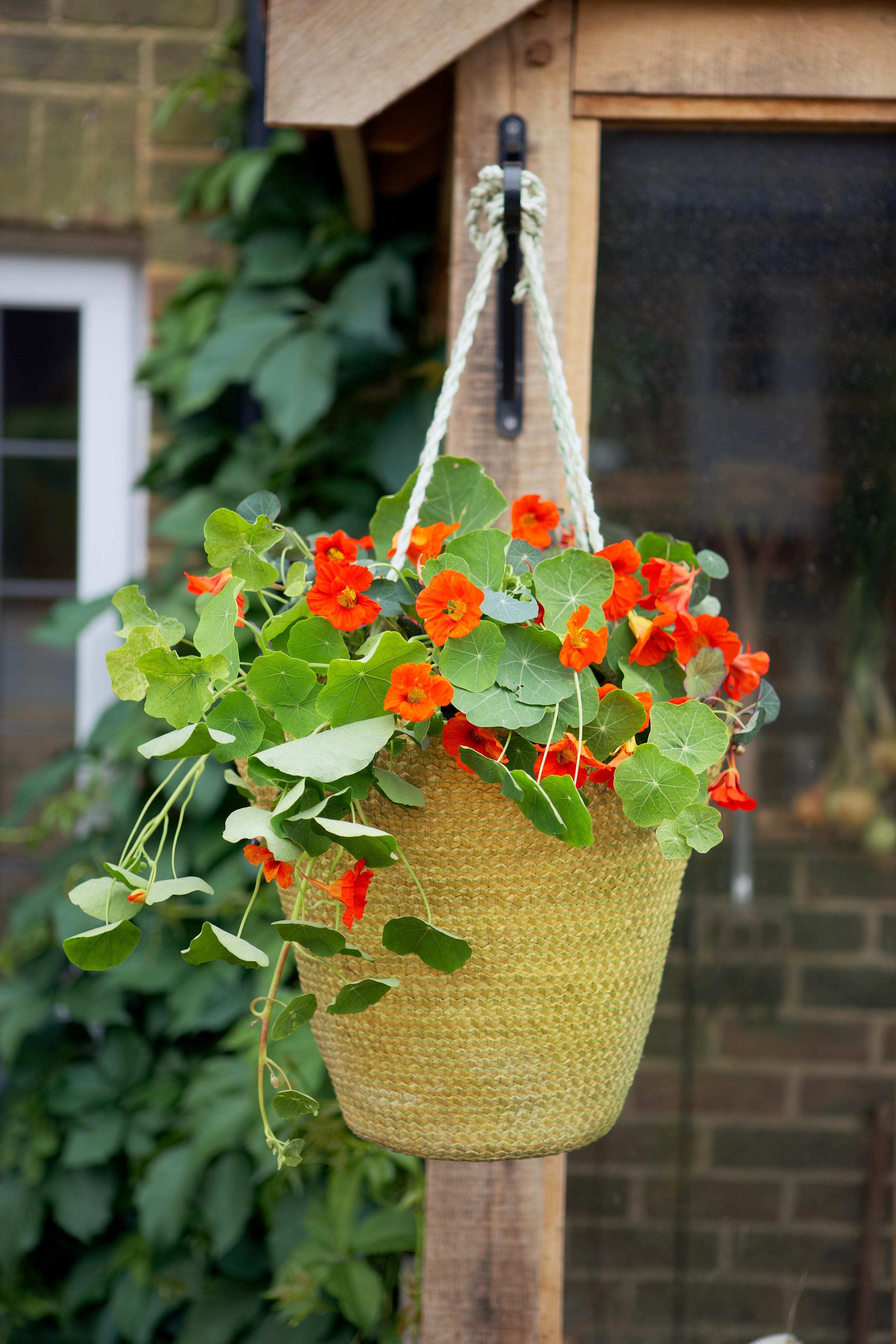
These bright beauties fall somewhere between a flower and a vegetable because they're entirely edible (they're an especially good ingredient for salads, where they add a peppery kick akin to rocket leaves).
'Nasturtium plants are relatively low maintenance and can tolerate a range of growing conditions, including full sun and partial shade, making them ideal for beginner gardeners,' says Reese. 'They have bright, colorful flowers in red, orange, and yellow hues that add a playful touch to a garden bed.' They're also one of the best flowers for hanging baskets.
4. Zinnias
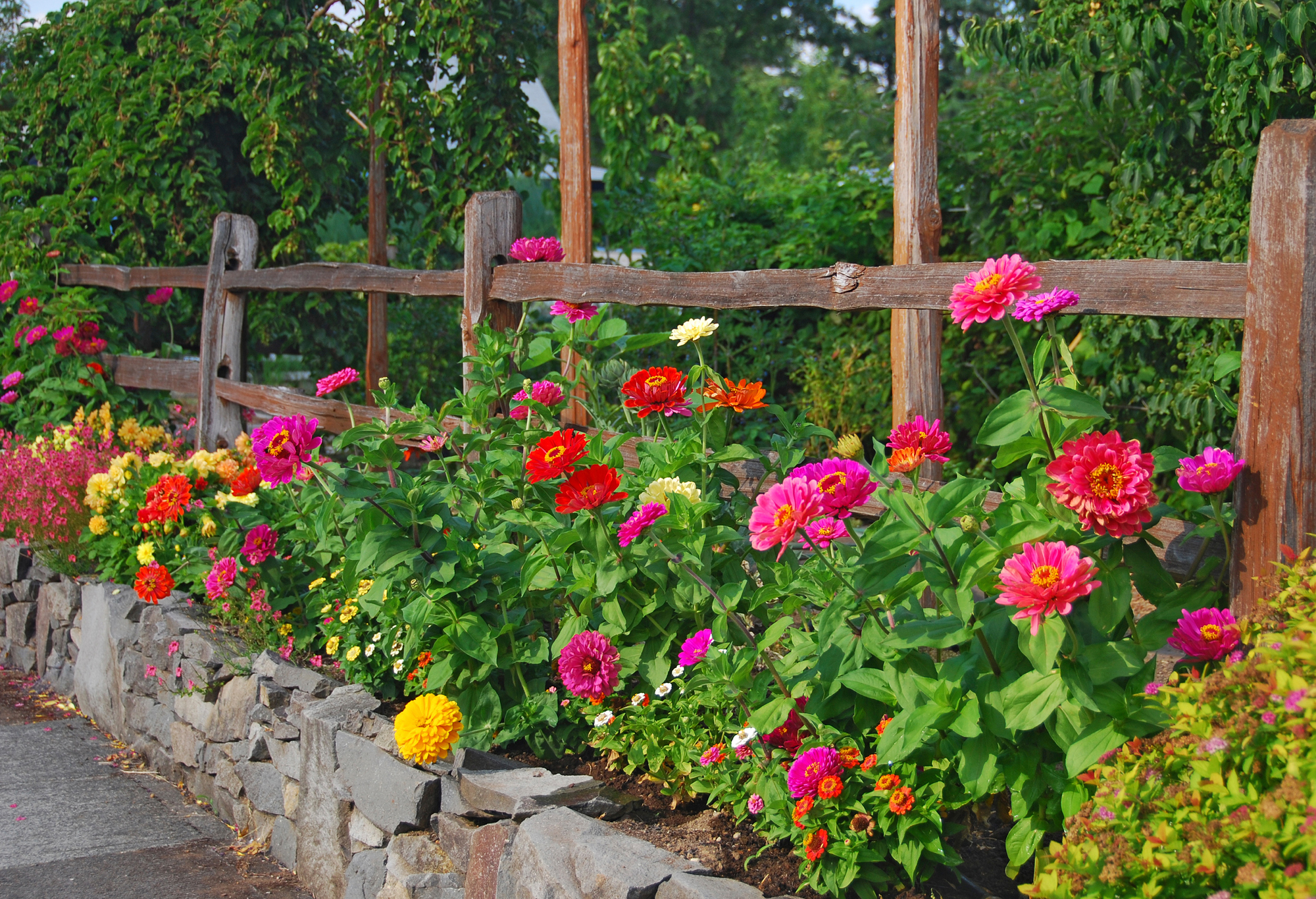
'Zinnias are low-maintenance plants that are resistant to drought and pests,' explains Richa. These pom-pom-like flowers come in an array of different hues, from pink and red to orange and purple, making them a perfect way to add a burst of color to your flower beds.
'Sow the seeds directly in the garden in late spring or early summer,' Richa advises. 'Alternatively, you can start them indoors 4-6 weeks before the last frost date and then transplant them outdoors once they've grown.' Since they're resistant to drought, these flowers are a great beginner plant for anyone who isn't good at sticking to watering schedules. However, they will thrive best in a very warm location where they receive at least eight hours of sun, so consider this when planting them.
5. Pansies
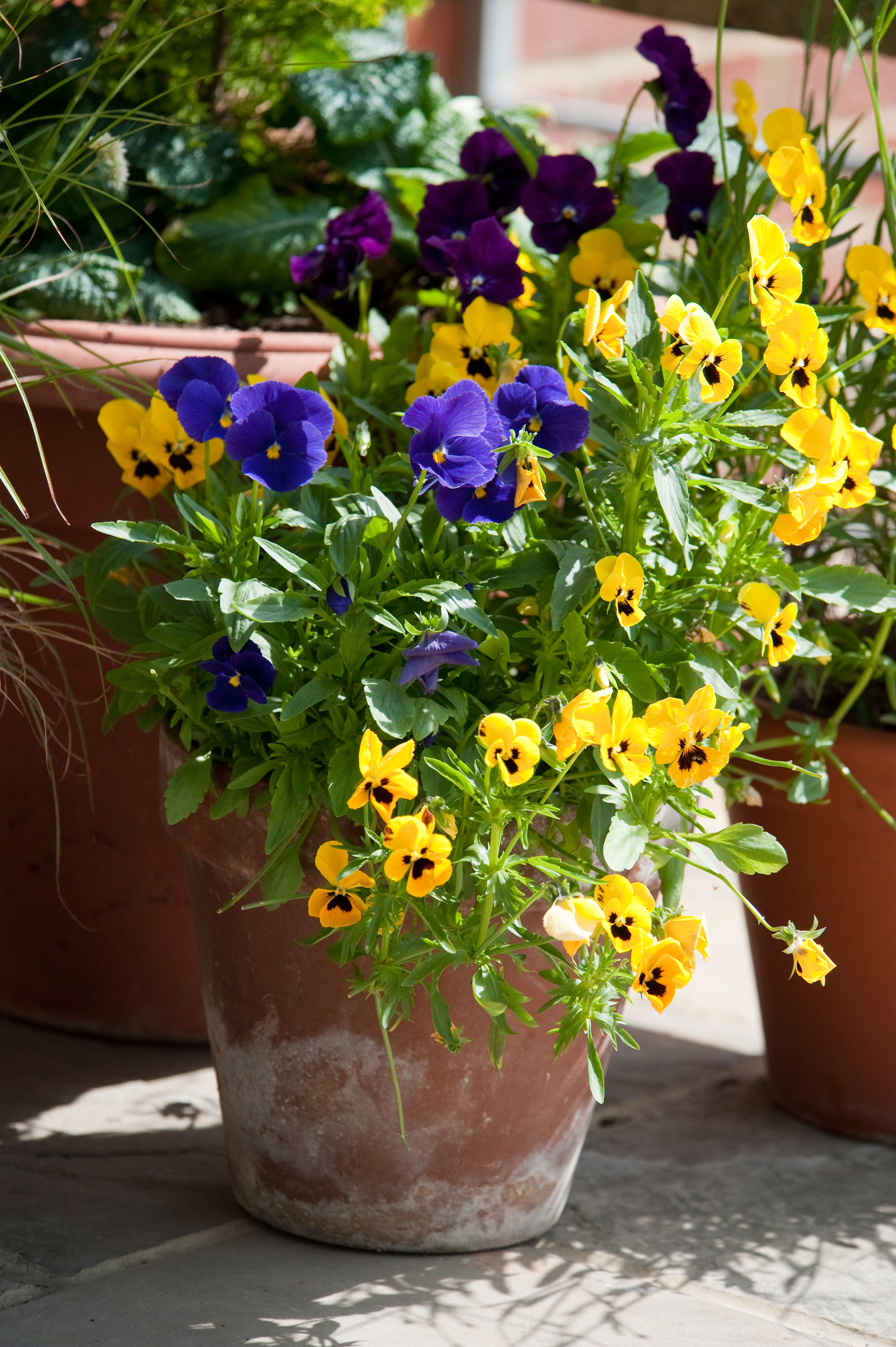
A pretty option for terracotta pots or as a window box idea, pansies are a hardy perennial plant that will tolerate fluctuating temperatures (perfect for this indecisive spring weather).
These hardy plants come in many different variations and can survive a light frost, so they're ideal to plant now if you're in northern hardiness zones that are still experiencing cold spells. 'They're perfect for adding color to borders, containers, or hanging baskets,' adds Diana. 'To plant them, buy them as nursery plants and choose a sunny spot in well-draining soil. Once planted, water regularly and deadhead spent blooms to encourage new flowers.'
6. Snapdragons
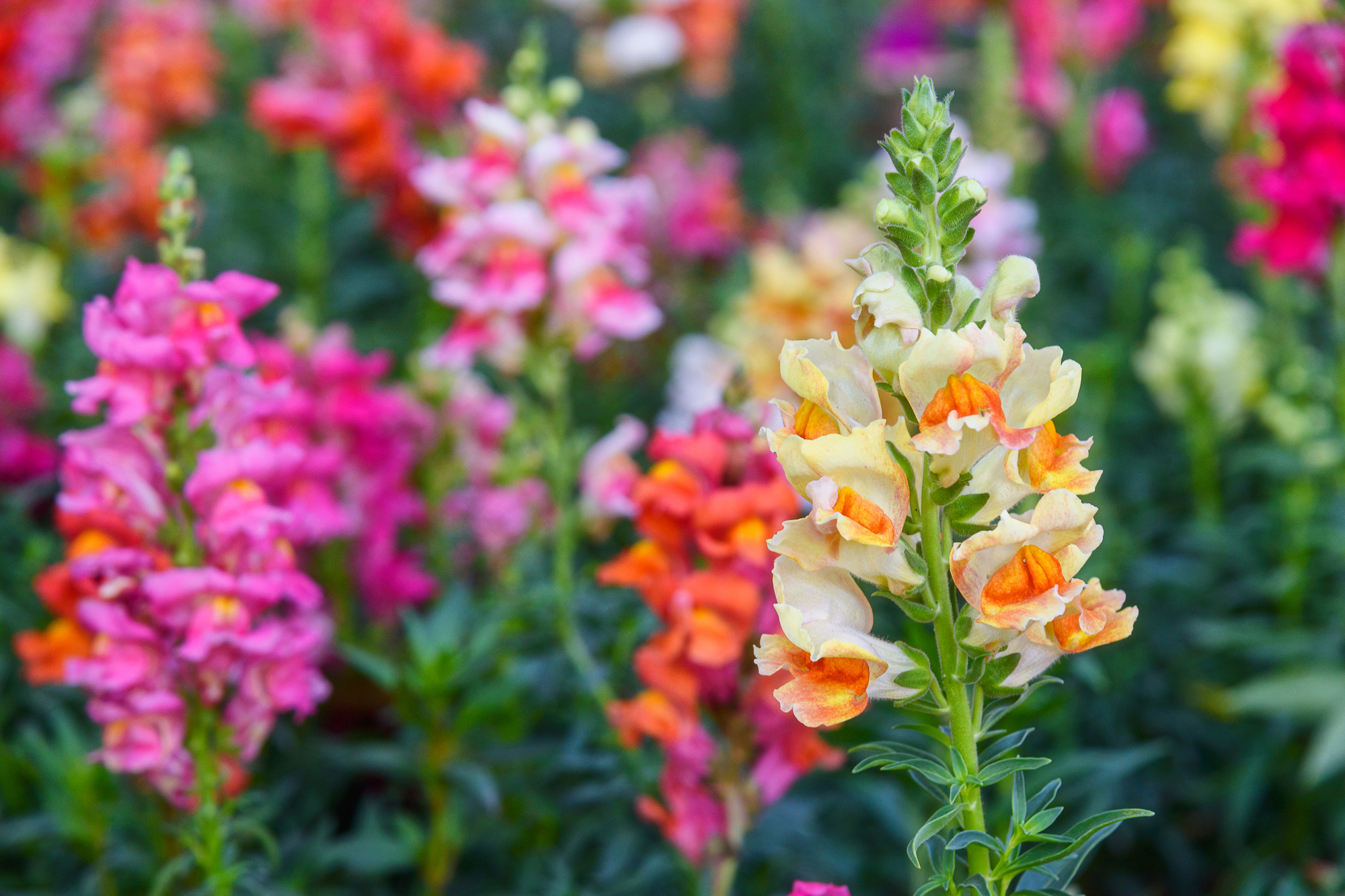
These playful plants adopt their name from the way that the flowers react to being squeezed near the stem, which causes their mouth to snap open like a dragon. The tubular flowers grow in clusters on tall steps helping to add height and depth to your modern garden border, and they're a hardy, low-maintenance flower despite their delicate appearance.
As Diana explains: 'These colorful flowers come in a variety of colors and heights and are perfect for adding height to borders or containers. To plant them by seed, choose a sunny spot with well-draining soil, and water regularly to help them establish their roots.'
7. Cosmos
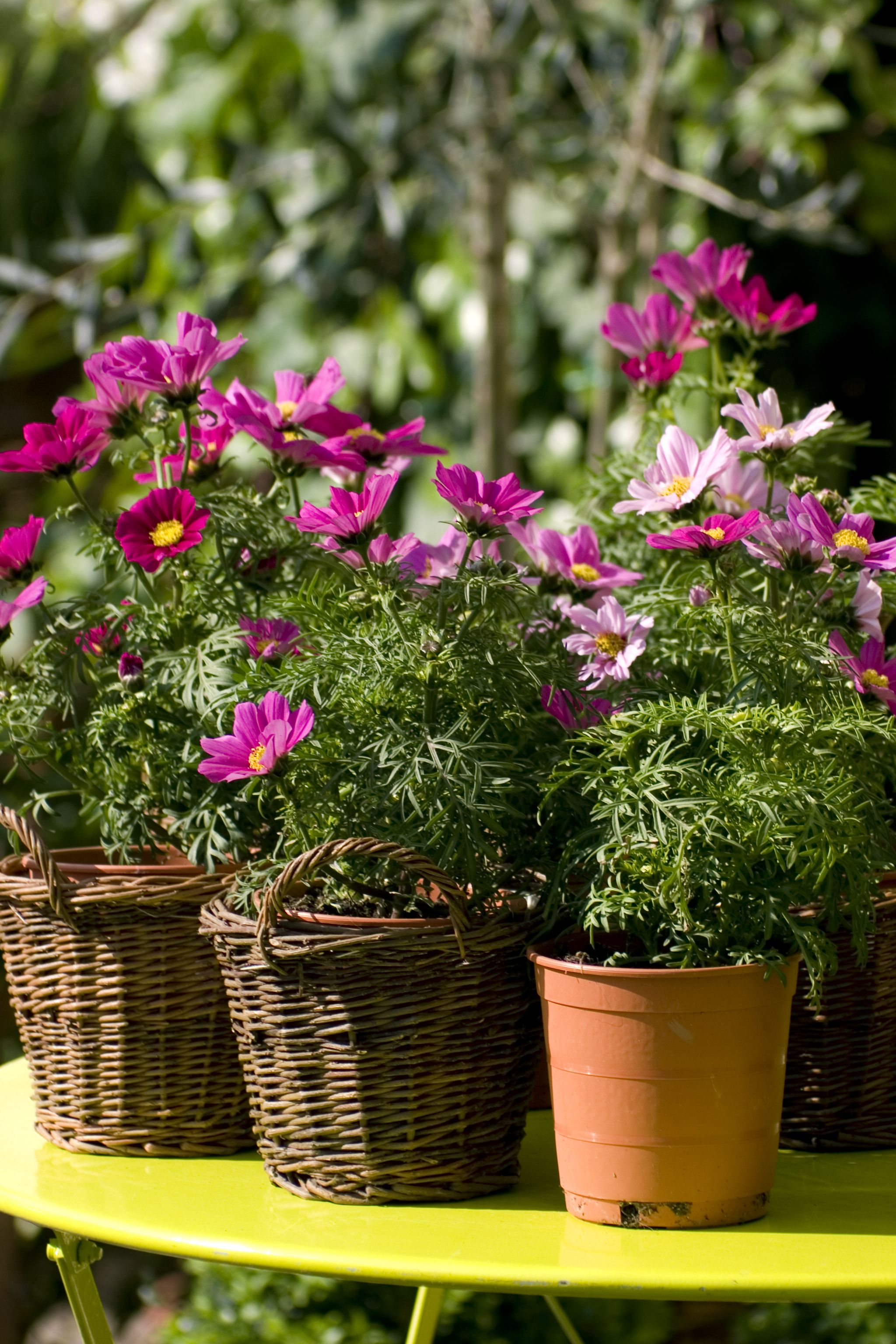
These delicate annuals are a favorite in gardens for their pretty petals and tall height (they were even crowned the most popular flower of the year in 2021). 'They have delicate flowers ranging from white and pink to red and purple, and they're great for attracting butterflies and pollinators to the garden,' says Richa.
To plant them, sow the seeds directly in the garden over the next month or so, as long as the last frost is out of the way. Alternatively, you can start the seeds indoors around this time and plant them outside once the seedlings have grown. 'Water cosmos regularly, but don't overwater,' Richa warns. 'And remember to deadhead the flowers to encourage more blooms, too.'







